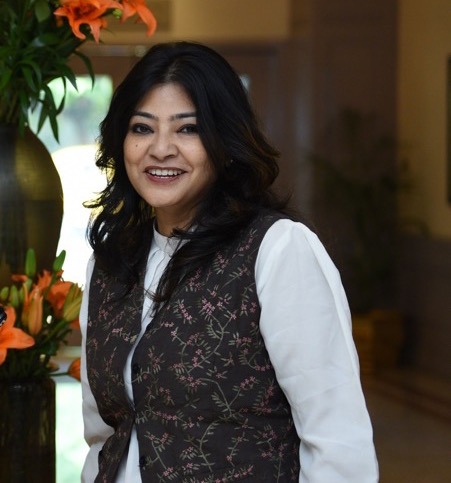Q&A – Green Economy, with Sanjukta Mukherjee
Sustainable development emphasizes the enhancement of environmental, social and economic resources

TFT: What is the main theme of this Conference?
SM: The main theme in this Conference is about Post Covid Roadmap for Women focussed on Green Livelihoods’ project is about capturing, creating and strengthening the key narratives around new opportunities, existing evidence, dialogues and action in the digital economy focussing on women Green/Social Entrepreneurs. It also focuses on assessing the effectiveness of women participation in tech advancements for advancing a Green Recovery Post Covid in India.
TFT: What is meant by promoting indigenous women alternative livelihood and reducing climate change?
SM: Promoting Indigenous Women Alternative Livelihood and Reducing Climate Change is helping dependent women who live under USD 1.25 a day to mitigate climate change and adapt to more sustainable livelihood options through innovate weaving skill, training and production of market based eco: friendly products for women. Through education, women are being motivated to change their livelihood options.
TFT: How does Green Economy differ from Sustainable Development?
SM: Sustainable development emphasizes the enhancement of environmental, social and economic resources with all three of them being critical to meet the needs of current and future generations. Sustainability remains the vital long term goal, but Green Economy is describing a pathway to sustainable development.
TFT: Why do businesses need to take a green path to recovery post Covid 19?
SM: The Covid 19 pandemic has caused massive disruptions to the economy as well as peoples livelihoods. One thing is clear, we cannot return to business as usual. We need to stop environmentally destructive investments that cause disease outbreaks, contribute to crisis like biodiversity decline and climate change and harm communities and economies.
Developing green livelihoods during a crisis won’t be easy. Investments in green sectors, such as sustainable agriculture, nature based tourism, renewable energy or green buildings and constructions, are good for economies and livehoods in the long run.
TFT: What is the future of green economy in India?
SM: To start, India will have to take steps to perforate the current siloed approach to energy policy. India needs to develop a strong policy narrative to manage the emerging challenges of economic development and meeting energy demands with the goal of environmental protection.

